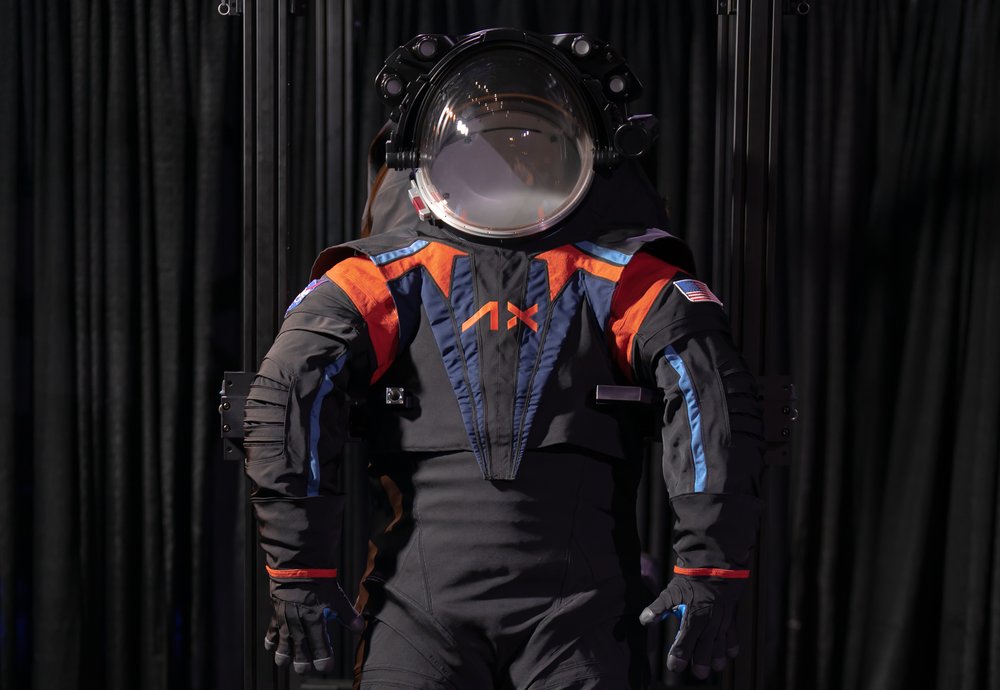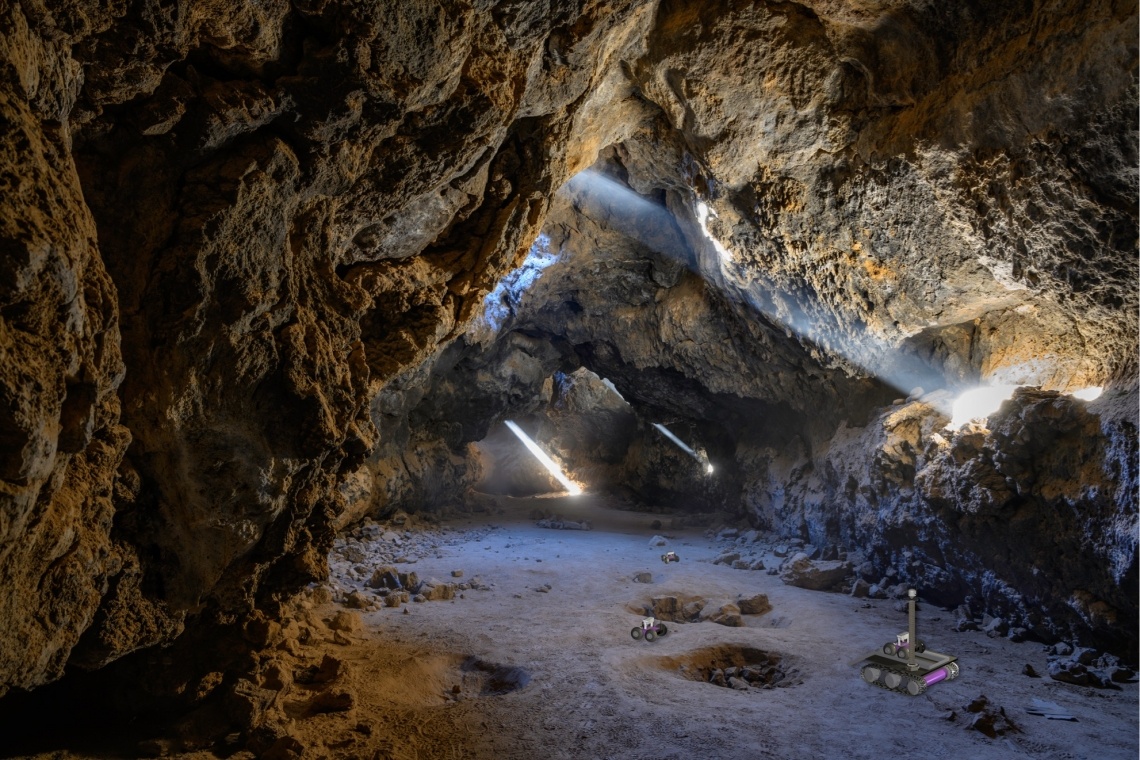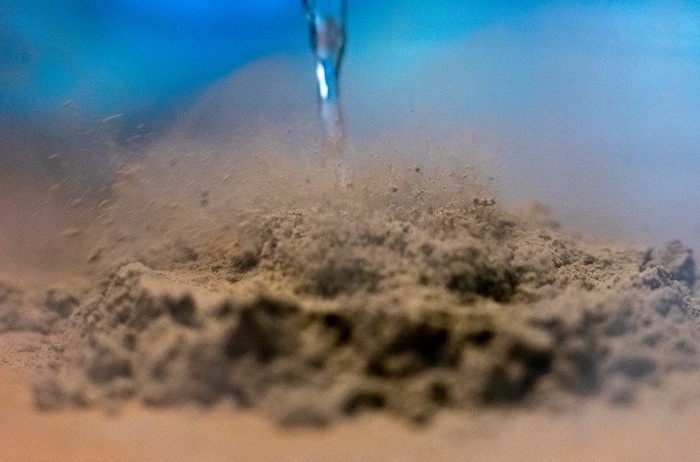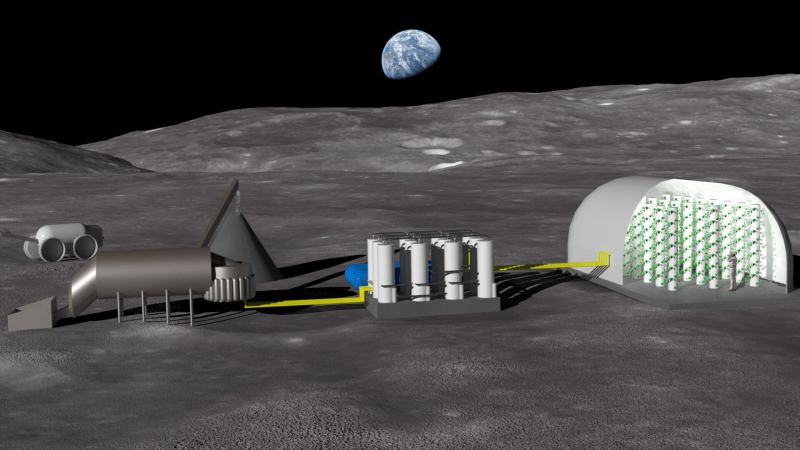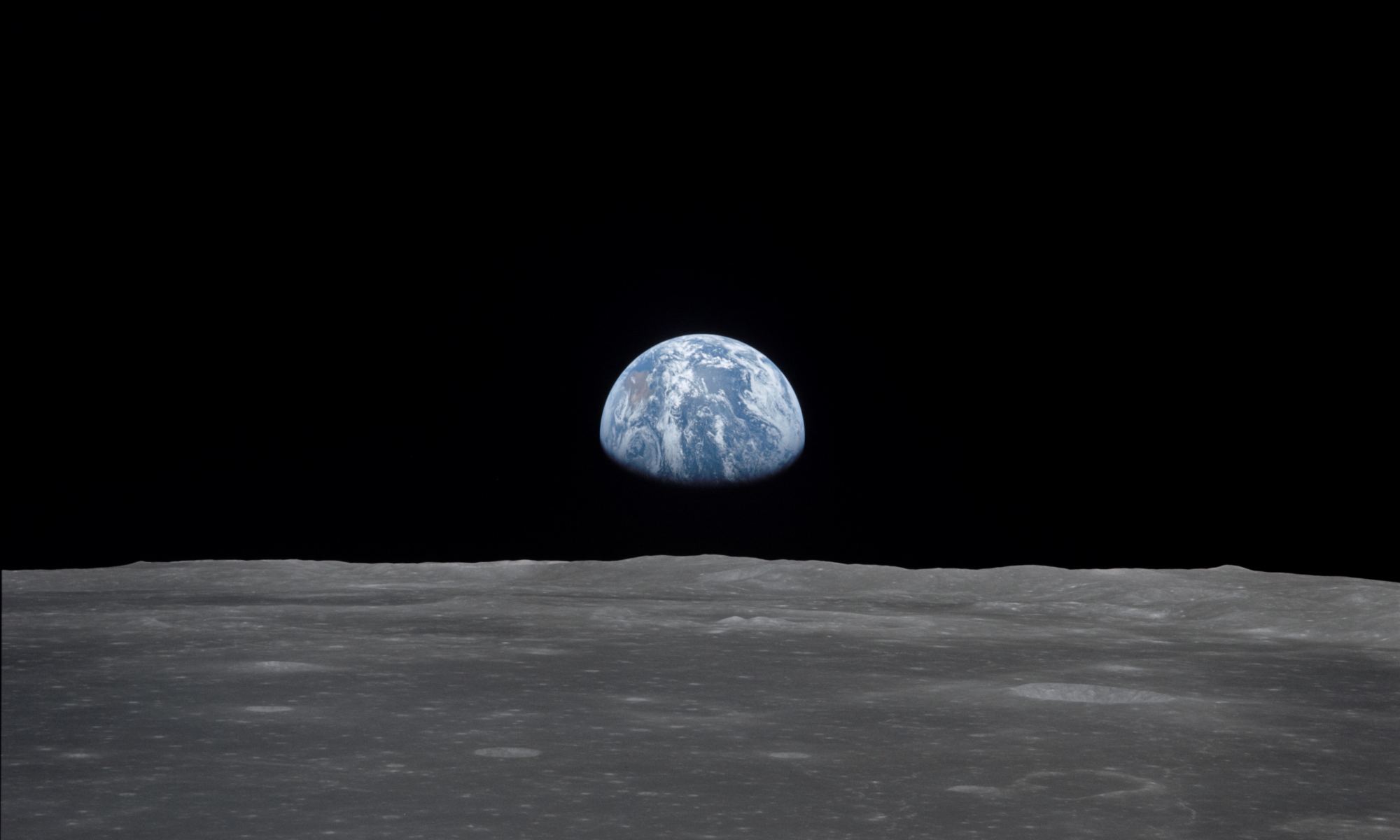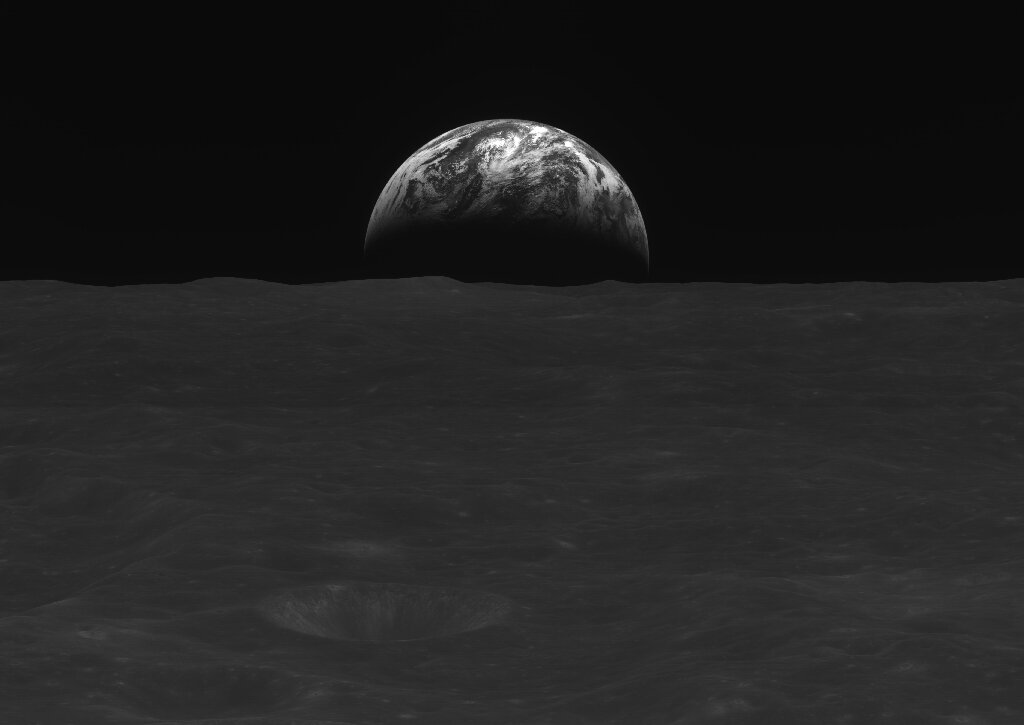NASA and Axiom Space Inc. provided a first, limited look at the new spacesuits that will be worn by the next astronauts to land on the Moon. The Axiom Extravehicular Mobility Unit (AxEMU) spacesuit that will be worn for the Artemis missions was only partially revealed at an event at Johnson Space Center in Houston, in order not to give away any proprietary information about the suit.
“Since a spacesuit worn on the Moon must be white to reflect heat and protect astronauts from extreme high temperatures,” Axiom Space said in a press release, “a cover layer is currently being used for display purposes only to conceal the suit’s proprietary design.”
Continue reading “NASA and Axiom Space Do a Partial Reveal of the Spacesuit That Will be Worn on the Moon”
